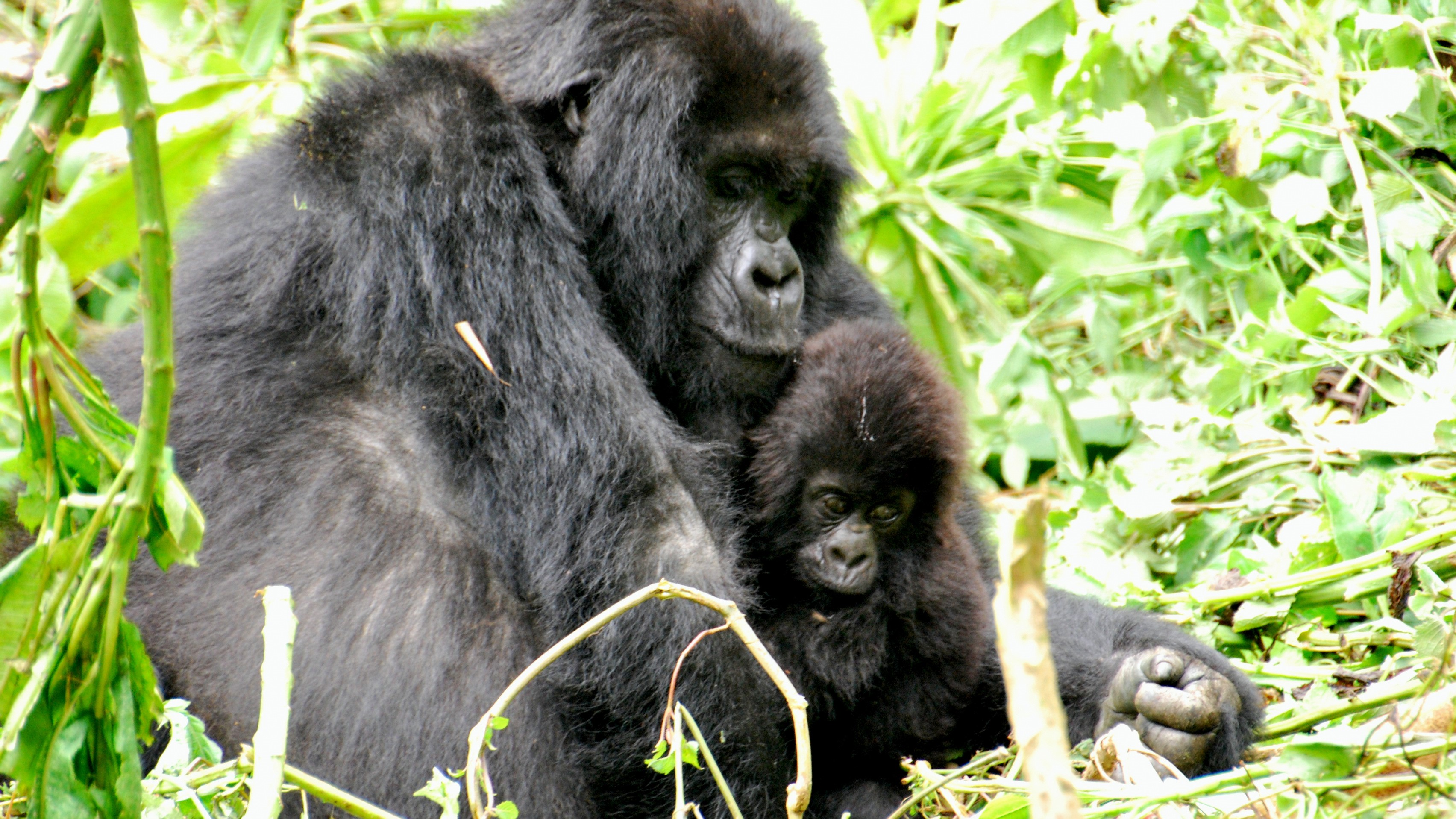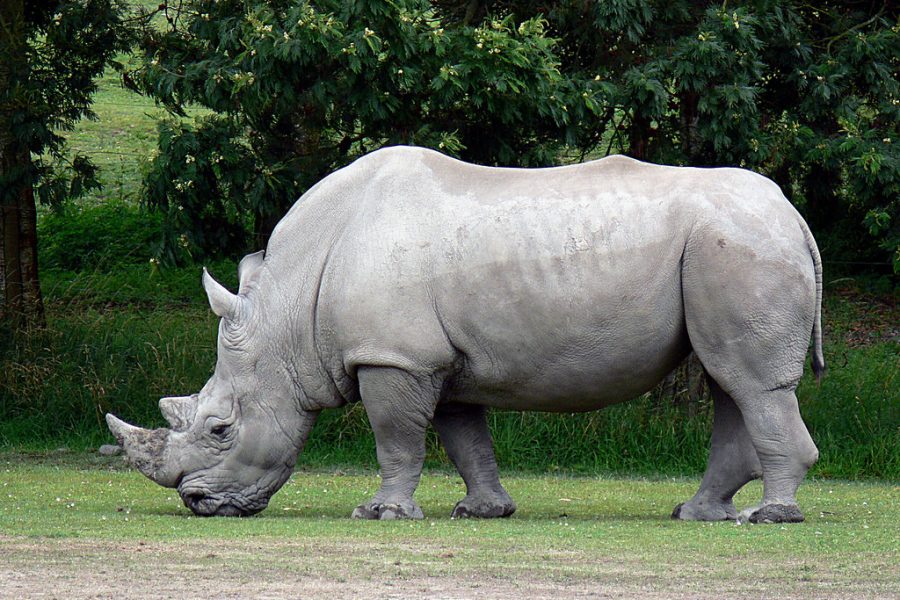Despite their previous classification of “critically endangered,” the International Union for the Conservation of Nature Red List recently downgraded mountain gorillas to “endangered.”
The mountain gorillas, which are native to Central African countries, were classified as “critically endangered” since 1996, but their numbers rose by over a quarter of the previously recorded population in the last several years and are now over 1,000 in total, according to the African Wildlife Foundation. Many scientists attribute the increase to the daily protections in place.
“[This] announcement represents a huge success for conservation at a time when such success stories are increasingly rare,” said Dian Fossey Gorilla Fund CEO and President Dr. Tara Stoinski in a statement. “All those working to protect mountain gorillas—the governments of Rwanda, Uganda and DR Congo; conservation organizations; and local communities—have a lot to be proud of.”
Scientists closely monitored mountain gorillas since the 1980s when the population was suspected to be under 650 gorillas total, according to the World Wildlife Fund.
WFF estimated there are over 600 mountain gorillas in Congo and approximately 400 in Bwindi, Uganda. Bwindi Impenetrable National Park, Mgahinga Gorilla National Park, Volcanoes National Park and Virunga National Park are the only known homes to mountain gorillas remaining today.
WFF also reported mountain gorillas are a key part of the Central African ecosystem, as they graze on vegetation. They play an important role for several countries’ economies because they are a major tourist attraction. Some experts estimate that a single mountain gorilla directly and indirectly generates £2.5 million, or $2.81 million, in its life.
Conservation organizations as well as local and national governments have devoted a significant amount of time and resources to implement new intensive conservation protections. The Dian Fossey Gorilla Fund began international campaigning to raise money for these intensive measures in May 2018, but the organization’s namesake, Dian Fossey, worked with mountain gorillas in the 1980s and 1990s.
“Given that during the time Dian Fossey worked with the gorillas it was thought they would go extinct by the year 2000, this continued growth based on the work she started demonstrates that intensive conservation works,” Stoinski continued in the statement. “It also reveals the significant financial and time investment needed for conservation to happen—the mountain gorilla story clearly shows that we must be in it for the long haul and devote many more resources than are often available for conservation if we want charismatic species like gorillas, rhinos, elephants and tigers to survive.”
Today, the largest threats to mountain gorillas are human encroachment and forest degradation. Gorillas also can be susceptible to human diseases, which can lead to their deaths.






